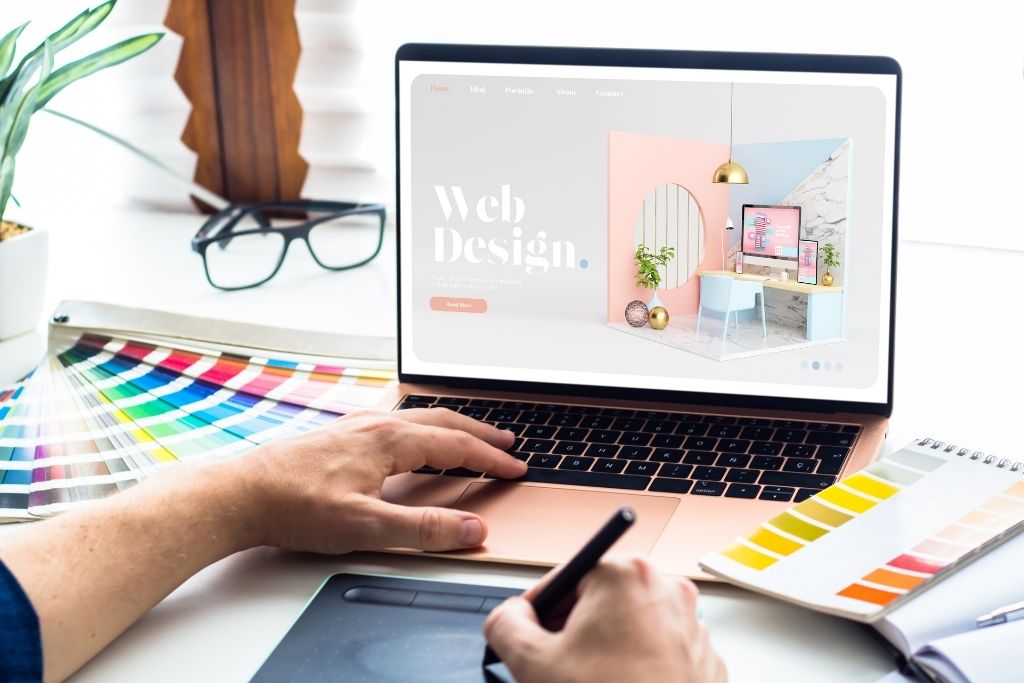Accessibility in Web Design: Ensuring Inclusive Online Experiences

In the dynamic landscape of web design, the emphasis on accessibility has become more crucial than ever. As the digital realm continues to evolve, creating inclusive online experiences is not just a design choice but a moral imperative. In this article, we’ll explore the significance of accessibility in web design and delve into strategies to ensure that websites cater to diverse audiences, fostering a digital space where everyone can navigate, engage, and access information seamlessly.
Understanding Accessibility in Web Design
Accessibility in web design refers to the practice of creating websites that can be used and navigated by individuals of all abilities and disabilities. This includes considerations for those with visual, auditory, motor, and cognitive impairments. An accessible website ensures that everyone, regardless of their abilities, can perceive, understand, navigate, and interact with the content effectively.
The Impact of Inclusive Design on User Experience
Designing with accessibility in mind goes beyond compliance; it enhances the overall user experience. When websites prioritise inclusive design principles, they become more user-friendly for everyone. Intuitive navigation, clear content presentation, and adaptable interfaces not only benefit those with disabilities but also contribute to a positive experience for all users.
Key Strategies for Achieving Accessibility
Semantic HTML Structure: The Foundation of Accessibility
Utilise semantic HTML tags to create a clear and meaningful page structure. Proper heading hierarchies, descriptive alt text for images, and well-organised content contribute to a more accessible website.
Colour Contrast and Readability: Catering to Visual Impairments
Ensure sufficient colour contrast to accommodate users with visual impairments. Clear typography and a readable font size contribute to a more comfortable reading experience for all users.
Keyboard Navigation: Enabling Motor Impairment Accessibility
Design your website to be navigable using only a keyboard. This not only aids users with motor impairments but also benefits those who prefer keyboard shortcuts or navigate without a mouse.
Captioned Multimedia: Enhancing Auditory Accessibility
Provide captions for videos and alternative text for audio content. This ensures that users with hearing impairments can access the information presented in multimedia formats.
Responsive Design: Adapting to Diverse Devices
Implement responsive design principles to ensure your website is accessible across various devices and screen sizes. This not only caters to users with different abilities but also aligns with modern web design standards.
Testing with Assistive Technologies: Real-World Accessibility
Regularly test your website using assistive technologies such as screen readers and voice commands. This hands-on approach helps identify potential barriers and ensures a smoother experience for users relying on assistive devices.
The Legal Landscape: Compliance and Beyond
Apart from the ethical considerations, there are legal frameworks, such as the Web Content Accessibility Guidelines (WCAG), that outline standards for accessible web design. Adhering to these guidelines not only ensures compliance but also demonstrates a commitment to inclusivity, potentially broadening your audience base.
Conclusion: Shaping a More Inclusive Digital Future
In conclusion, accessibility in web design is not merely a checkbox on a compliance list but a philosophy that shapes the digital landscape. By prioritising inclusive design principles, web designers contribute to a more accessible, equitable, and diverse online environment. As the digital world continues to evolve, let us strive for websites that transcend barriers, creating a space where everyone can participate, engage, and connect without limitations. Embracing accessibility is not just a design choice; it’s a step towards a more inclusive digital future.
Learn more about how we can help with web design / development Web Design / Development
Learn more about how we can help with optimising your Google Business Profile
